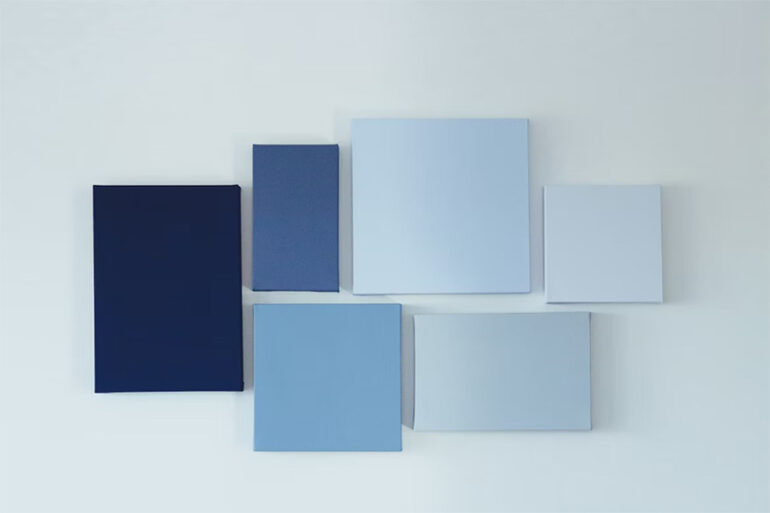The medium of art has consistently held great power for self-expression. With the capacity to engage viewers, stir sentiments, and question cultural conventions. The beauty and depth of traditional art forms, like paintings on canvas, have been celebrated for a long time. On the other hand, a novel development has arisen in the art realm – art installations that surpass the canvas and redefine tangible surroundings. The popularity of these immersive and interactive installations has been on the rise, leading to the captivation of audiences and a transformation in the way art is experienced.
The rise of art installations
The popularity of art installations has experienced a significant surge in recent years, although they have existed for decades. Several factors contribute to this, such as technological advancements, a longing for more immersive experiences, and a transition towards experiential art. Instead of passively observing a painting, viewers now desire active participation in the artwork, fostering a deeper engagement.
Breaking boundaries
The ability of art installations to break free from traditional art is one of the most exciting aspects. Installations encompass various forms, spanning from grand sculptures to interactive digital projections. Challenging the notion that art must be confined to a canvas, they enable artists to explore new mediums and techniques.
Engaging the senses
In contrast to traditional art, installations frequently involve multiple senses, resulting in a genuinely immersive experience. Artists employ diverse components, including sound, light, and even scent, in order to generate a multi-dimensional artwork. By adding sensory engagement, the art gains an additional layer, increasing its impact and memorability.
Transforming spaces
The unique ability of art installations is to transform spaces, thereby turning ordinary environments into extraordinary experiences. Through the utilization of the encompassing architecture or landscape, artists possess the ability to fabricate site-specific installations that actively engage with their environment. By breathing new life into spaces that might have otherwise gone unnoticed, these installations prompt viewers to perceive the world around them from a fresh perspective.
Structural change and advocacy
Art installations often address significant social and political matters, utilizing their influence to promote consciousness and stimulate discussion. By sparking conversations and challenging societal norms, these installations serve as catalysts for change. Through the creation of a lasting impact beyond the art world, viewers are engaged in a thought-provoking manner.
Accessibility and inclusivity
By reaching a wider audience, art installations enhance accessibility and inclusivity in the art world. In contrast to traditional art forms, installations can be appreciated without a specific art background. Appealing to people of all ages and backgrounds, they foster a sense of community and shared experience.
The emergence of art installations has exerted a formidable influence in the art realm, expanding the limits of artistic possibilities. By pushing the boundaries of the canvas and reimagining the physical realm, they provide spectators with an unparalleled and engrossing encounter. By engaging the senses, transforming spaces, and challenging societal norms, these installations aim to make art more accessible and inclusive. With the ongoing advancement of technology and the relentless pursuit of artists to push boundaries, it becomes evident that art installations will persist in captivating audiences and reshaping our art encounters. Step beyond the canvas and fully immerse yourself in the world of art installations – a realm where art genuinely springs to life.
Photo Attribution:
1st & featured image by https://unsplash.com/photos/0JPMHlHKos0
2nd image by https://unsplash.com/photos/AmPRUnRb6N0

